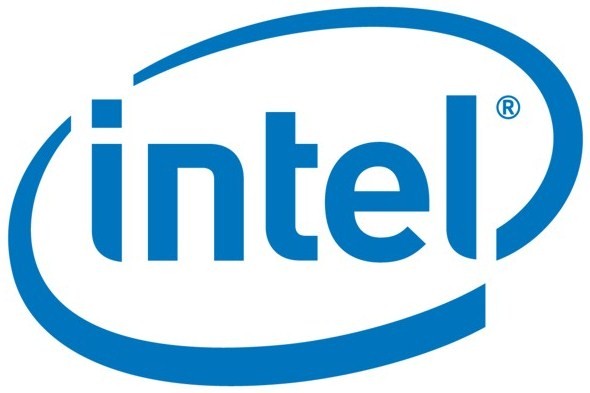
Securing the Digital World: Intel Announces Silicon-Level Security Technologies, Industry Adoption at RSA 2018
Today’s cybersecurity landscape is constantly evolving with emerging threats, which means we must be vigilant in delivering solutions that protect customers and their data. Given the cybersecurity axiom that hardware is the foundation for innovation and is the root of trust, Intel has long been focused on driving security innovation from the silicon to applications and from the client device to the edge and to the cloud.
In the past year alone, we’ve partnered with industry leaders to help promote future security-based workloads like confidential computingand blockchain, and we introduced Intel® Secure Device Onboard for IoT devices. More recently, we highlighted the steps we are taking to build protections into our hardware for the side channel vulnerabilities disclosed in early January.
Today, we are taking another step forward, with two new technology announcements: Intel® Threat Detection Technology (Intel® TDT), a set of silicon-level capabilities that will help the ecosystem detect new classes of threats, and Intel® Security Essentials, a framework that standardizes the built-in security features across Intel processors. We are also announcing a strengthened academic partnership with Purdue University, to help accelerate the development and availability of cybersecurity talent.
Introducing Intel Threat Detection Technology
Intel Threat Detection Technology leverages silicon-level telemetry and functionality to help our industry partners improve the detection of advanced cyber threats and exploits. Today we are announcing the first two Intel Threat Detection Technology capabilities, including implementation plans by Microsoft* and Cisco*.
The first new capability is Accelerated Memory Scanning. Current scanning technologies can detect system memory-based cyberattacks, but at the cost of CPU performance. With Accelerated Memory Scanning, the scanning is handled by Intel’s integrated graphics processor, enabling more scanning, while reducing the impact on performance and power consumption. Early benchmarking on Intel test systems show CPU utilization dropped from 20 percent to as little as 2 percent.
Microsoft will integrate Accelerated Memory Scanning into Microsoft Windows Defender Advanced Threat Protection’s (ATP)* antivirus capability this month.
The second Intel Threat Detection Technology is Intel Advanced Platform Telemetry. Intel Advanced Platform Telemetry combines platform telemetry, with machine learning algorithms, to improve the detection of advanced threats, while reducing false positives and minimizing performance impact. The first Cisco product to take advantage of this integration will be the Cisco Tetration* platform, which provides data center security and cloud workload protection. I am excited about the progress we are making, together with these key partners, to pioneer innovations across silicon and software to help protect customers from emerging threats.
I am excited about the progress we are making, together with these key partners to pioneer innovations across silicone and software to help protect customers from emerging threats.
Intel Security Essentials: Built-in Security Foundation
Today we are also launching Intel Security Essentials, which will ensure a consistent set of critical root-of-trust hardware security capabilities across Intel® Core™, Intel Xeon and Intel Atom® processors. These capabilities are platform integrity technologies for secure boot, hardware protections (for data, keys and other digital assets), accelerated cryptography and trusted execution enclaves to protect applications at runtime.
This standard set of capabilities will accelerate trusted computing as customers build solutions rooted in hardware-based protections. Further, these capabilities, directly integrated into Intel silicon, are designed to improve the security posture of computing, lower the cost of deploying security solutions and minimize the impact of security on performance.
Strengthening Academic Partnership with Purdue University
Intel is committed to being an active partner in the security ecosystem. The tech industry has a well-documented shortage of cybersecurity talent. To meet today’s cybersecurity challenges, we need the industry and academia to accelerate the development and availability of the next generation of security-minded professionals.
To that end, we are strengthening cybersecurity partnerships with academia to advance research and begin to close the talent gap in the industry. Today, Purdue University is announcing the launch of its Design for Security Badge Program for students and professionals, developed in partnership with Intel.
Several other partners will be making announcements at RSA this week, so I encourage everyone at the conference to stop by our booth (#3435 in North Hall) to learn more. Intel is committed to helping secure the digital world, beginning with a secure foundation at the silicon level. Together with our industry partners – and in line with our security first pledge – we will continue to work tirelessly to safeguard our customers and their data.
Rick Echevarria is Vice President, Software and Services Group General Manager, Platforms Security Division



























